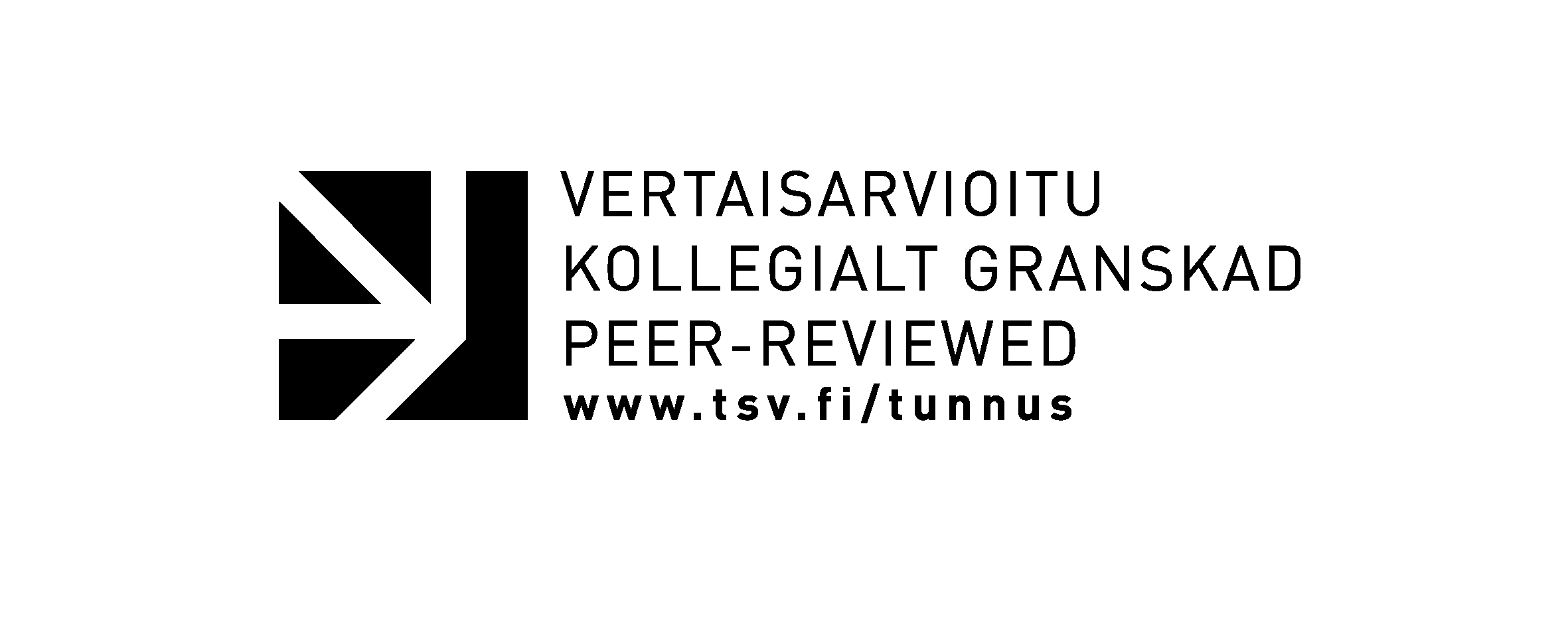Trousers and the Construction of Modern Woman
Keywords:
women's dress, women's magazines, sports, modern gender idealsAbstract
The adoption of trousers was the most significant change in Western women's dress in the 20th century. ln Asian, African and Arctic cultures, both men and women have long worn trousers, but in the West trousers had been an exclusively male garment and a symbol of masculinity and male power since the Middle Ages, as upper- and middle-class men aabndoned the long dress-like garments they had worn over their vest and trousers and, followed the dress habits of workers. The connection between men and trousers was reinforced after the French Revolution when breeches - which were covered by the long coat that were used with them - were replaced by long pants that had so far been worn only by workers and seamen. Traditional notions of gender difference and gender-specific clothing were first challenged - without success - in the second half of the 19th century by several dress reform associations and utopian communities especially in the United States who attempted to introduce bifurcated garments for women. During the First World War, many women started to wear trousers for work on the farm and in factories vacated by men, but it was not until the 1920s and 1930s that trousers became a trend in women's fashion.







